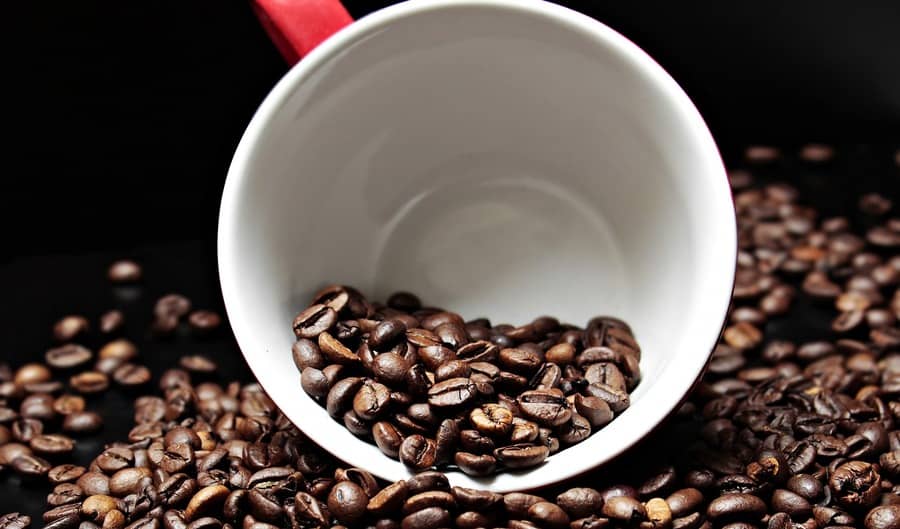The return of rain and the appearance of very showy blossoming in Brazil ended up increasing the negative pressure on coffee prices in the international market. When falling, the December/24 position lost the support of 250 cents, which added a negative technical weight to the devaluation of arabica coffee on ICE US. The doubt as to whether the blossoming will fully take place or whether the plant, due to the long dry period and above-normal temperatures, will not be able to sustain the blossoming at its crop setting, mitigates the negative pressure on prices.
In general, both NY and London are looking at 2025, especially at signs of the next Brazilian crop. The blossoming helped to alleviate pessimism regarding production, which explains the sharper losses and the negative bias in the price curve. The agitation of the December contract expiration in NY, very problematic in recent years. It is worth remembering that the December/24 options expire on November 8 and that certified stocks have fallen again, totaling just under 840 thousand bags at the end of the trading session on October 23, which might distort the fundamental reality of the market.
The NY/London arbitrage has widened, with arabica gaining value over robusta. The explanation lies in the greater weakness of robusta. The arrival of new coffee from Vietnam and increased selling pressure in London, which has fallen below the level of USD 5,000 per ton for the shortest positions, triggering heavy losses, especially in the most distant contracts, thus enlarging the negative spread between maturities. Initial impressions indeed confirm the idea of a small 24/25 crop, which may alleviate the negative pressure. However, in the most distant maturities, the focus is on the next crop in Vietnam, which will be reaped in 2025 and should respond well to the arrival of La Niña. The weather and blossoming between March and April will be decisive, with the confirmation of climate change and more regular rainfall potentially intensifying the future downward bias.

